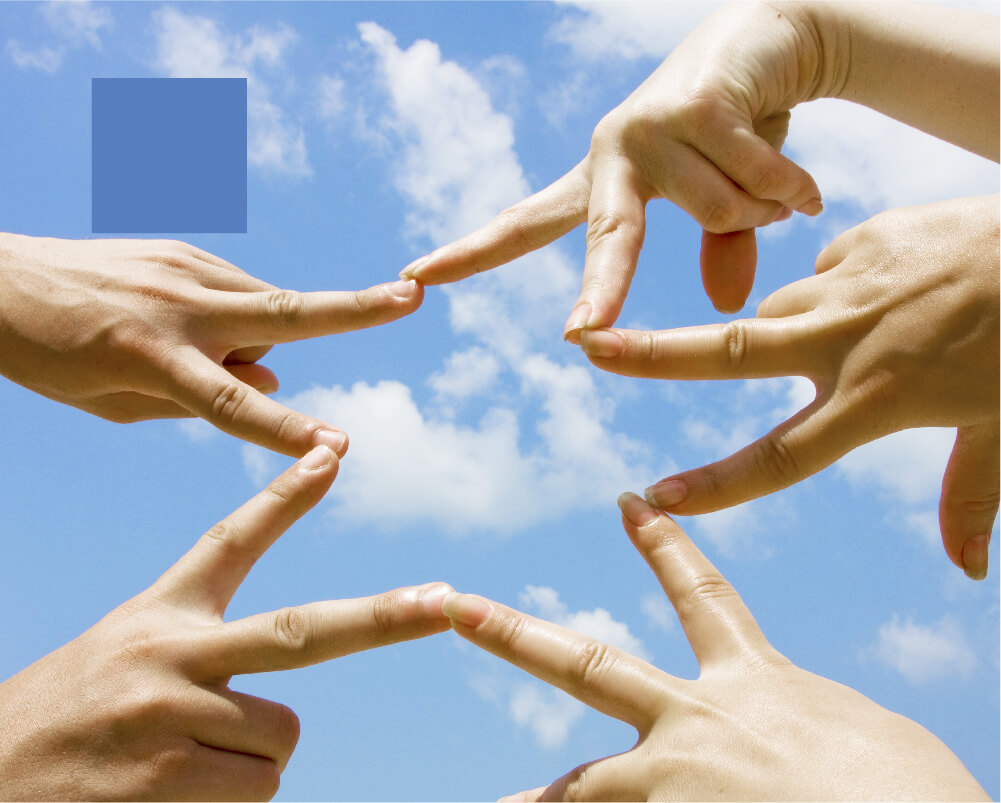S.T.A.R. Therapy Program
Journeying together towards freedom and wholeness
Journeying together towards freedom and wholeness
Our Sex Treatment and Recovery (“STAR”) group sessions provide a safe, non-judgmental and connected space for peer support and learning, enabling long-term recovery for individuals who require a structured treatment program for compulsive sexual behaviour.
Each group session will be held once a week (online) and will last two hours, with breaks, as agreed by the group. Group members will not exceed eight people, and members may join the group at any time. Group members who leave, may rejoin at any time.
The twelve topics that will be covered in STAR will primarily involve group processing, cognitive behavioral therapy (CBT) and mindfulness exercises. STAR is a task-based recovery model in which progress is methodically tracked and celebrated.
While individual therapy and attendance at Sex and Love Addicts Anonymous (SLAA), Sexaholics Anonymous (SA) or other 12 step recovery groups are advised, they are not mandatory. Participants can still benefit from STAR nonetheless.
We look forward to providing you with the support and guidance you require, in order to enjoy the satisfying, purposeful and meaningful life that you deserve.


| 1 Session | 5 Sessions | 10 Sessions |
|---|---|---|
| $100 for each 2 hours group session (Excluding clinic cost & GST) |
$95 for each session in a block of 5 group sessions (Excluding clinic cost & GST) |
$90 for each session in a block of 10 group sessions (Excluding clinic cost & GST) |

Am I really powerless over my sexual behaviour and is my life really unmanageable? You will learn to recognise the thoughts that are holding you back from recovery, such as denial, minimisation, intellectualisation, rationalisation, generalisation, uniqueness, comparison, blaming, compartmentalisation and helplessness. What tools can I use to identify powerlessness/unmanageability and recognise denial etc., in myself, from moment to moment? What is motivational scaling (commitment, willingness and confidence)? SLAA Steps 1, 4 & 5
How does this information tie in with my recovery (e.g meso-cortico-limbic system; salience/desire/triggers vs consummation/euphoria; cognitive impairment; stress, autonomic nervous system, sympathetic and parasympathetic nervous system)? Which tools can I apply (e.g abstinence, 12 steps, self-care and self-soothing, setting boundaries, support network/interaction, and daily repetition) to form healthy habits and relationships? SLAA Steps 1, 4 & 5
How can I ask for assistance? How can they help? What is “surrender”? What is “honesty”? SLAA Steps 2 & 3
What is it and what is it not? How can we make use of online applications, nature, music, food, and our basic senses? SLAA Step 11
What is a relapse intervention and prevention plan? How are cravings and urges related to healthy and unhealthy wants and needs? How can I integrate these tools into my recovery plan (therapy; self-care; SLAA; 12 Steps; IT management; creation and use of support network; meditation/mindfulness; awareness of negative thoughts and substituting helpful ones; emotion regulation and distress tolerance tools; medication for anxiety and stress)? How can I make better use of technology – such as online porn-blocking and tracking software – to manage my compulsions? How do I create a supportive social network? The role of accountability. SLAA Steps 6 & 7
Are there tools to deal with shame, guilt, stress, anger, fear, anxiety, rumination, boredom and depression? What tools can I use (therapy; self-care; SLAA; 12 Steps; the “Four Agreements” – honesty, differentiation, humility, sincerity and acceptance; creation and use of support network; meditation/mindfulness; awareness of negative thoughts and substituting helpful ones; emotion regulation and distress tolerance tools; gratitude and forgiveness; self-affirmations; medication for anxiety and stress)? SLAA Steps 6 & 7
What types of attachment styles are there? What attachment style do I have? How did I acquire that style – family of origin/school/genetics? What are the stages of psycho-social development? How does my sexual behavior relate to my attachment style? Where does the “toxic” shame arise from? SLAA Steps 1, 4, 5, 6 & 7
What is the tension between: individuation vs intimacy/connection; excitement/novelty/exploration/transcendence vs safety/security/reliability/dependability in couple-hood? What will this tension mean for my intimate relationships going forward? What is healthy sex for me and my partner (planned intimate experiences)? What strengths do my partner and I have that we can use to get there? Recovery as a journey. SLAA Steps 6, 7 & 12
What are personal boundaries in recovery? Why are they important? How does boundary-setting constitute “making amends”? How would this affect my partner and children in the recovery process? How do I enforce such boundaries? What are some potential pitfalls involved (e.g judgment, atonement, shame and feelings of unworthiness)? What communication and problem solving skills can I use in relationships? SLAA Steps 8, 9 and 10
What should I disclose? Who should I disclose to? How should I disclose? When? How do I manage the “fall-out” (abstinence, honesty, accountability, empathy, kindness, remorse, recovery actions, regular communication about recovery actions taken and planned, identifying the barriers in recovery and how they were addressed)? SLAA Steps 8, 9 and 10
Consider choosing a suitable therapist and setting realistic therapy goals: How can my partner, children, and I make the most of sex addiction therapy? How do I help my partner and family? What do I need from my partner and my family? What are structured weekly couples and family check-ins? How is therapy integrated into a holistic set of recovery actions? SLAA Steps 8, 9 & 12
How do I know when I am in recovery? How can I let go of the shame chained to my past? Understanding action, accountability and humility vs self-judgment and self-pity. The “Four Agreements”. Recovery vision: What is a purposeful, meaningful and full life to me – the “miracle question”? “Giving it away to keep it”. Evolving the written recovery action plans. Continuing the SLAA 12 steps. SLAA Step 12
